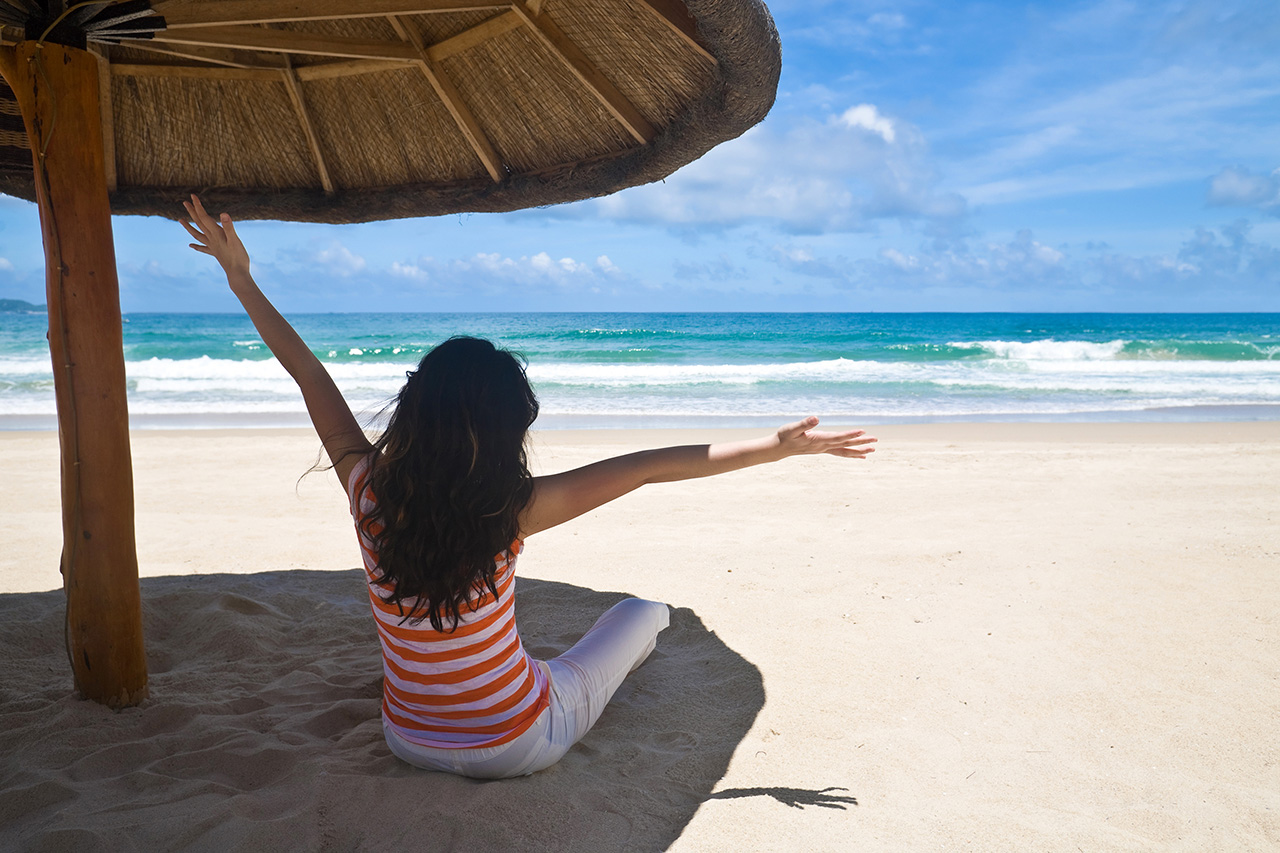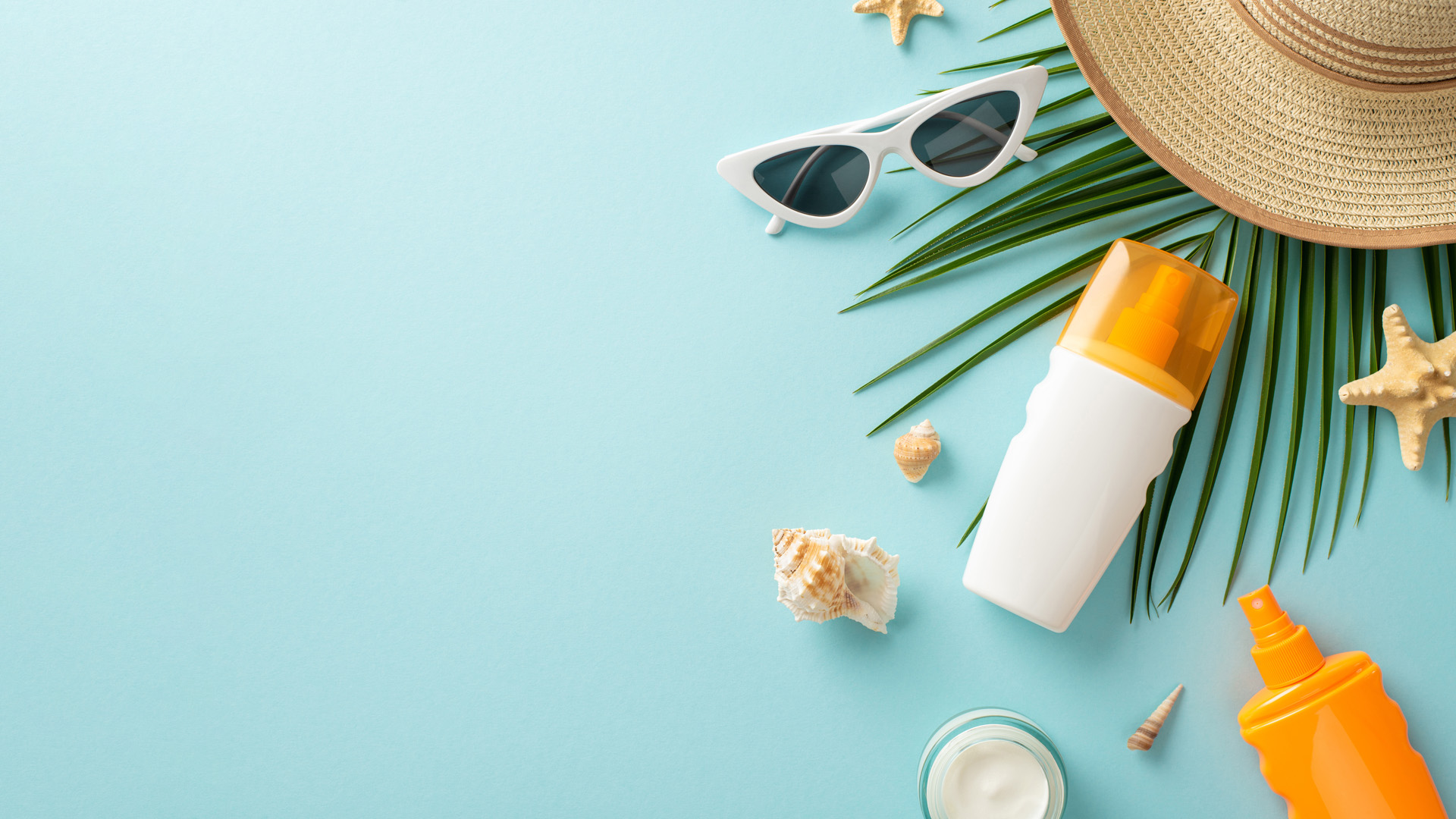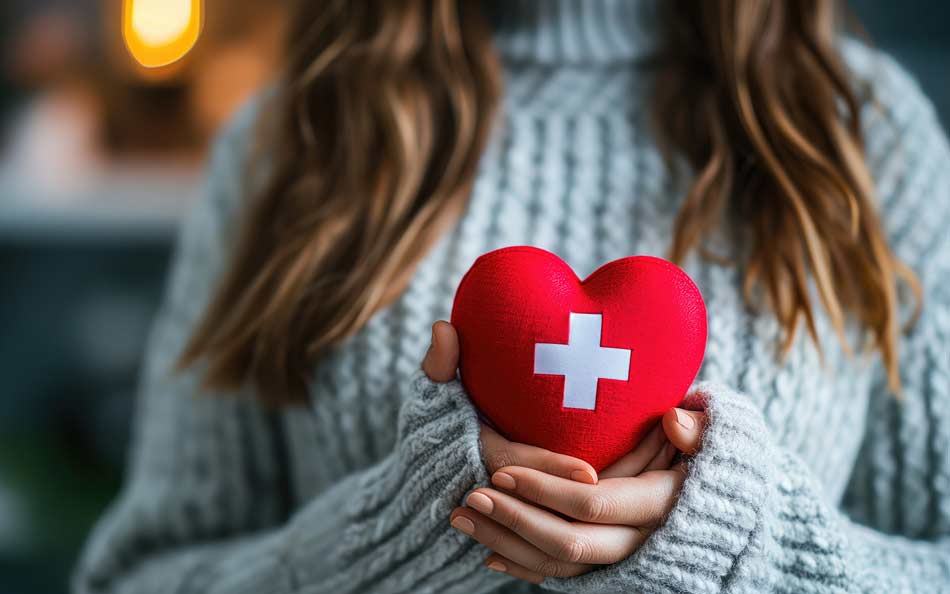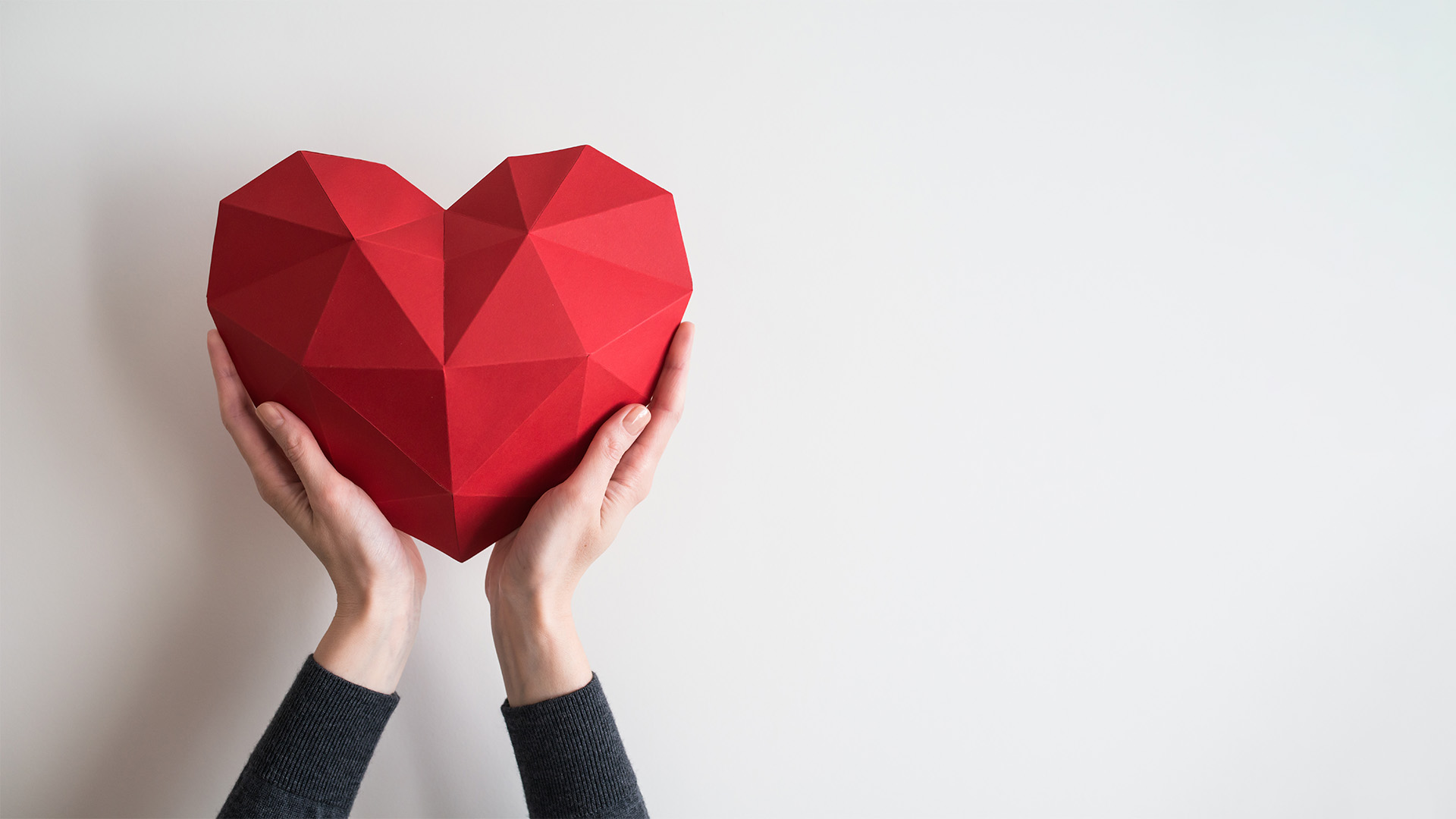
5 Top Health Tests for Your Dad
June 12, 2023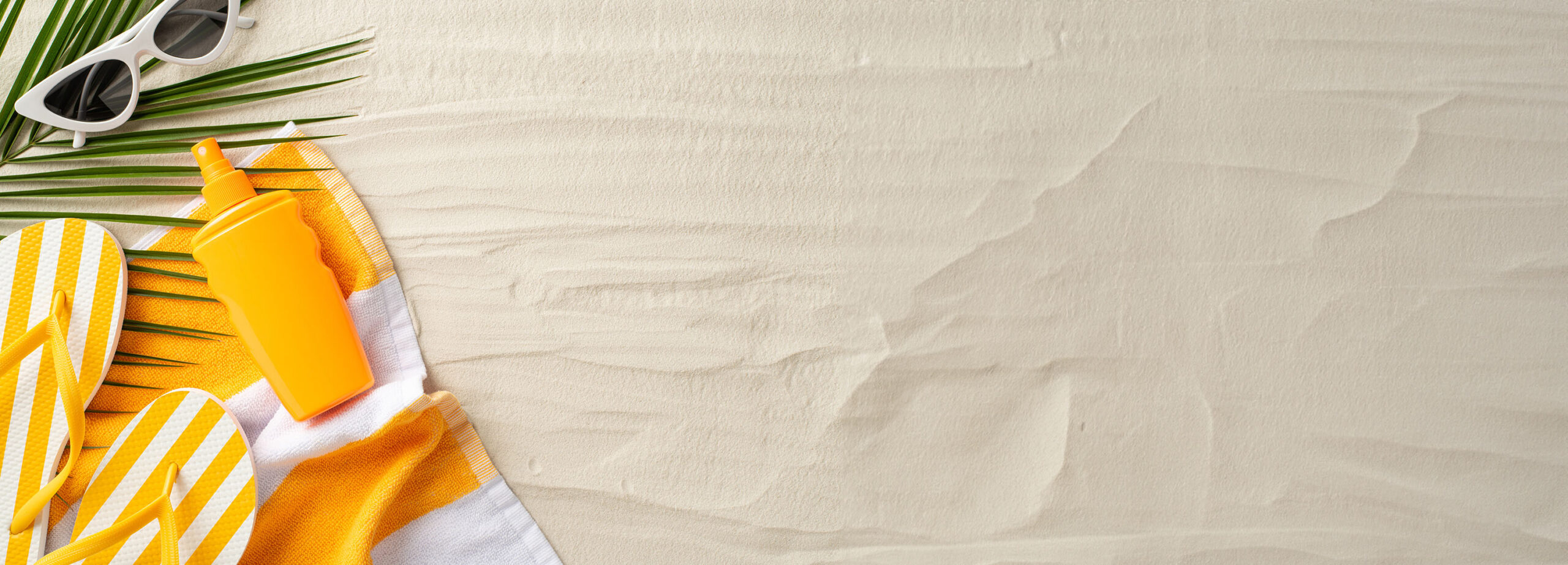
The Ultimate Sun Safety Primer
July 24, 2023by Susannah Wollman
Ah, the summertime! Cookouts, pool parties, relaxation—and sunburns! Just about everybody has experienced a sunburn at one time in their lives. You fell asleep on the beach, you hiked without your sunscreen, you just couldn’t bring yourself to leave that party. What’s your excuse? We all have one!
With record high temperatures across the world, don’t just blow it off as “just another summer.”
Some sunburns are uncomfortable but not extremely dangerous (although too much exposure to the sun’s damaging rays can spell trouble down the line), but do you know when you need to head to the burn center?
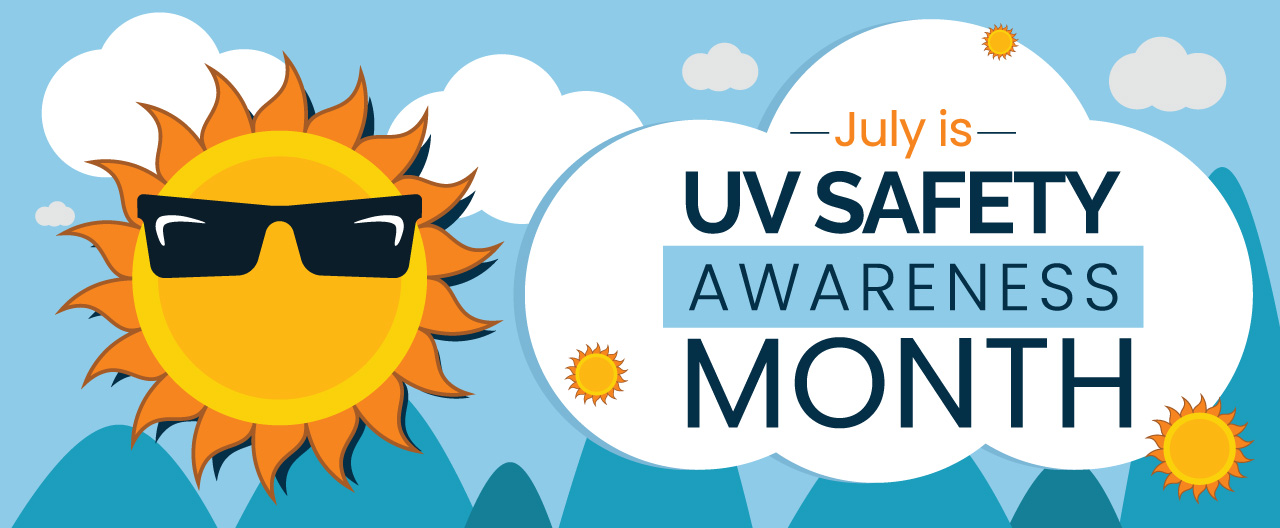
When your skin turns red and painful, most of the time it’s a first-degree burn, meaning just the epidermis (the outer layer of the skin) has sustained damage. But if your skin blisters or cracks, it’s time to head to the doctor.
Sunburn that requires a doctor’s attention will often have other symptoms besides blistered skin. You may feel fatigue, nausea, dizziness or a headache. It’s possible that you are also in danger of dehydration.
The American Academy of Dermatology cautions that sunburns that blister can increase the risk for infection, scarring, and permanent skin color changes if not properly treated. And if you have five or more of those sunburns between the ages of 15 and 20, your risk for melanoma increases by a whopping 80% and non-melanoma skin cancer by 68%!
Not all sunburns need medical treatment by a doctor or burn treatment. Here’s what to do for those times.
Before you turn to the internet for a quick fix, take a look at our list that will keep you from making mistakes that may actually harm your skin further.
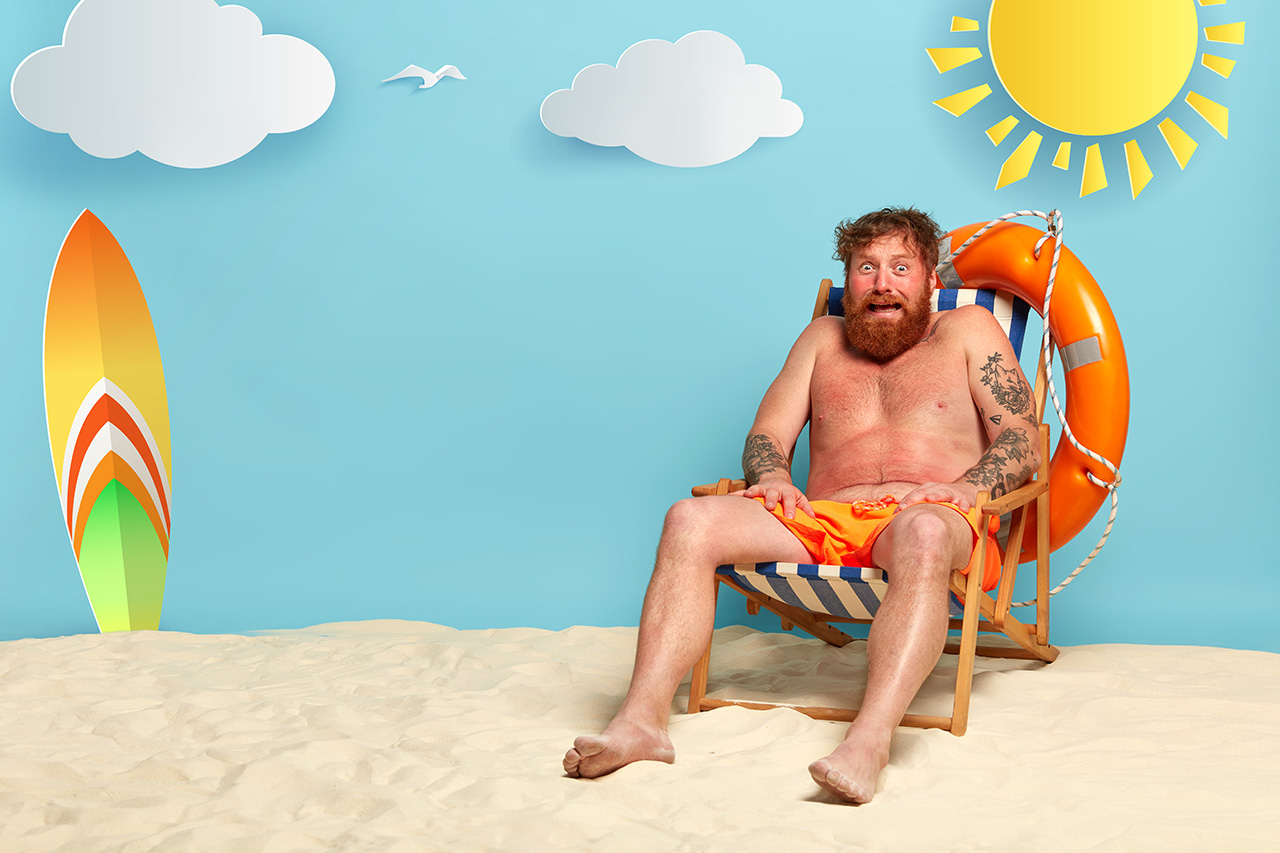
What to do—and what not to do
DO this!
- Unless you have a health reason not to, immediately take ibuprofen or another over-the-counter medication to reduce inflammation and pain
- Soothe the pain by running cool or room temperature over the burn
- Bathe the area with soap and water
- Use a moisturizing lotion without dyes or perfumes, such as Aveeno or Aquaphor.
If you think you have a more serious sunburn, seek medical help right away.
DON’T do this!
- Never use ice. Believe it or not, ice can cause frostbite, increasing the injury to your skin.
- Don’t put food products on your sunburn.
- Don’t use unusual chemicals, not even rubbing alcohol or hydrogen peroxide. Your skin will only be more irritated.
- Don’t apply antibiotics or antibiotic ointments unless a doctor prescribes them.
- Don’t expose your skin to even more sun. Your skin needs time to heal.
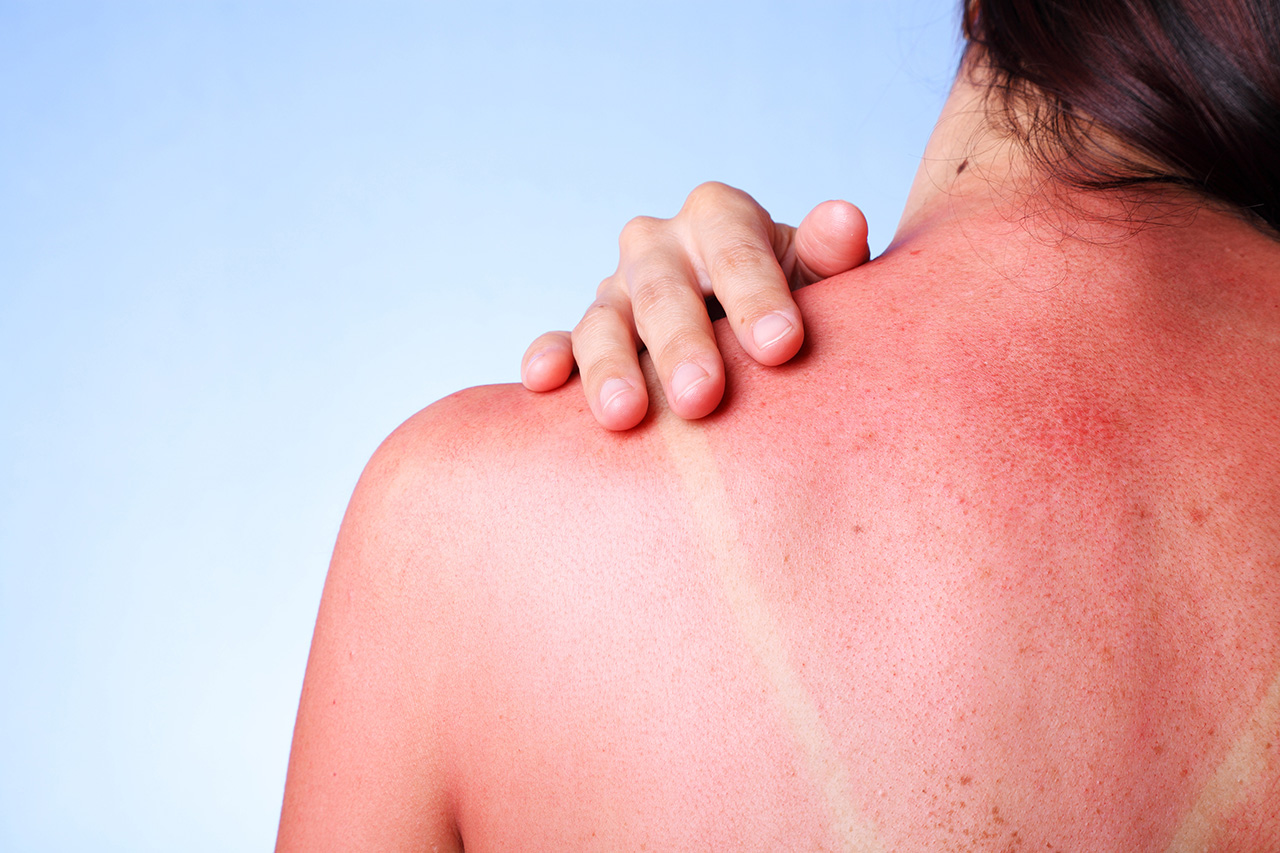
Tips for sunburn prevention
The best thing to do is prevent a sunburn in the first place. Here’s how.

- Regardless of your skin color, use a mineral-based sunscreen in the 30 – 50 SPF range that blocks both UVA and UVB rays. Darker people can develop skin cancer as well as those with light skin.
- One application is not enough. Reapply sunscreen every 2 hours (or everytime you come out of the water).
- Toss the out-of-date sunscreen. Replace it before the expiration date.
- Pay attention to your ears, your neck, the tops of your hands and feet, and the tip of your nose. These areas are the most likely to get sunburned because they are so often neglected.
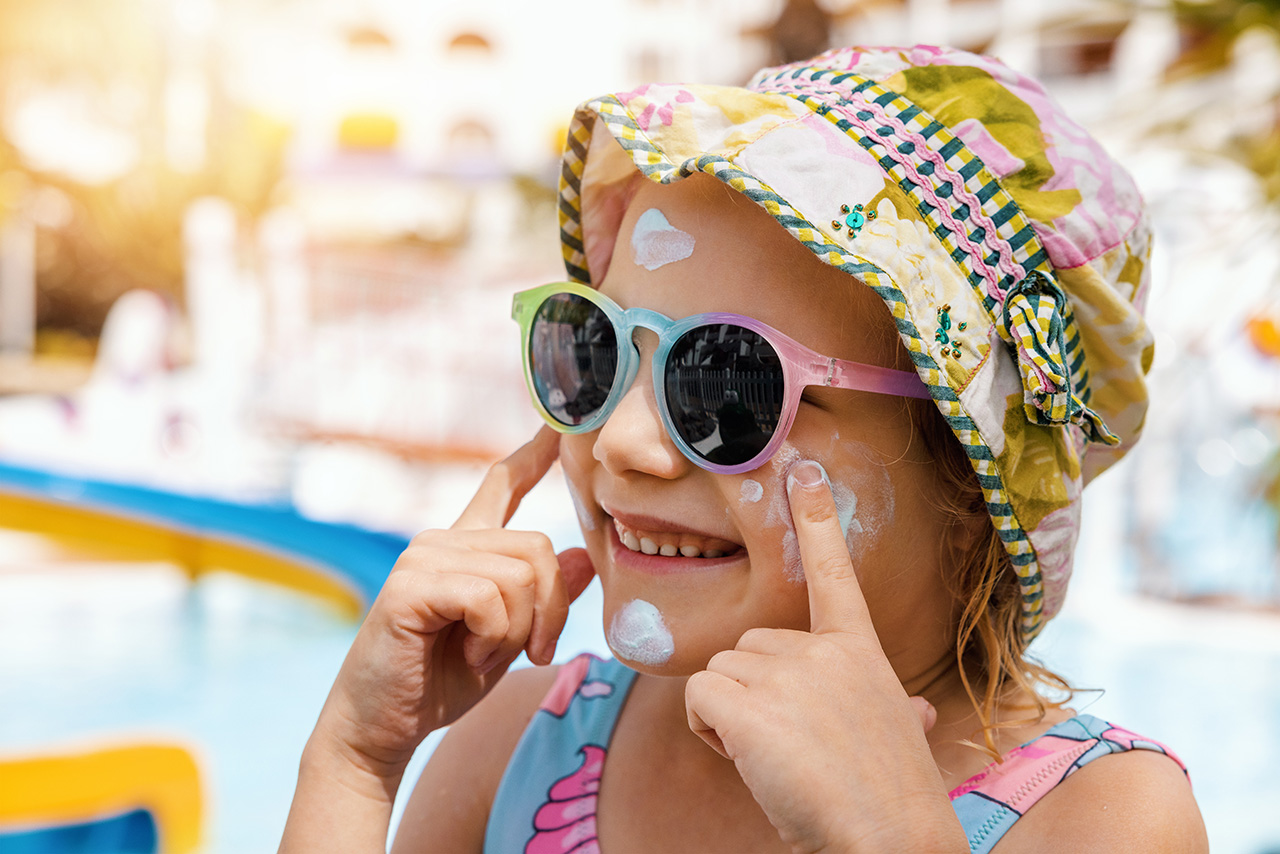
- Wear a hat and protective clothing. And wear sunglasses—did you know your corneas can get sunburned, too?
- Be careful walking on hot sand or pavement. It takes less than a minute to damage the skin on the bottoms of your feet.
- If you have diabetic neuropathy, keep a watch on your skin. The sensations in your hands and feet can fool you, so you won’t be able to rely on the way it feels.
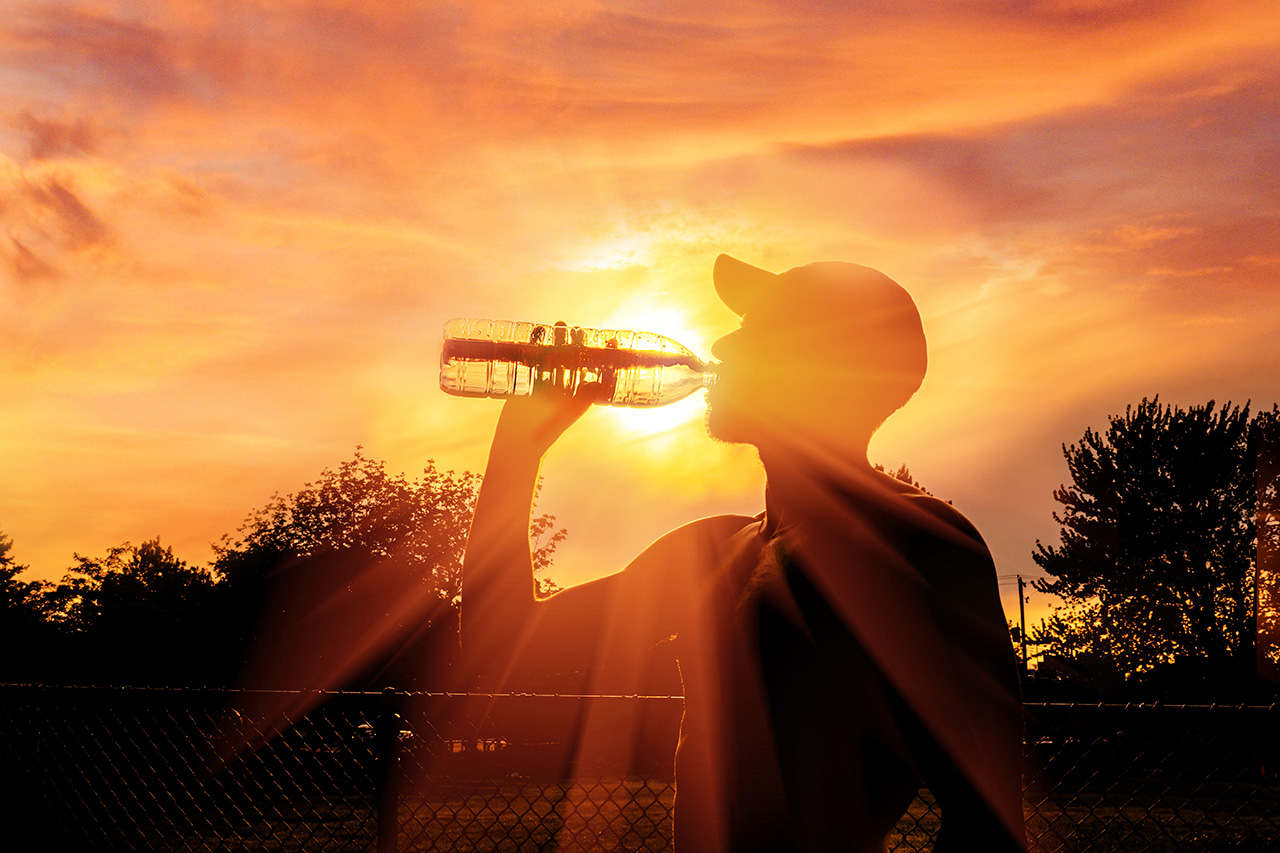
- Stay hydrated! Drink plenty of fluids while you’re out in the sun.
- Seek shade. Don’t spend all your time in the sun. Find a shady spot to let your skin cool off whenever it feels hot to the touch.
